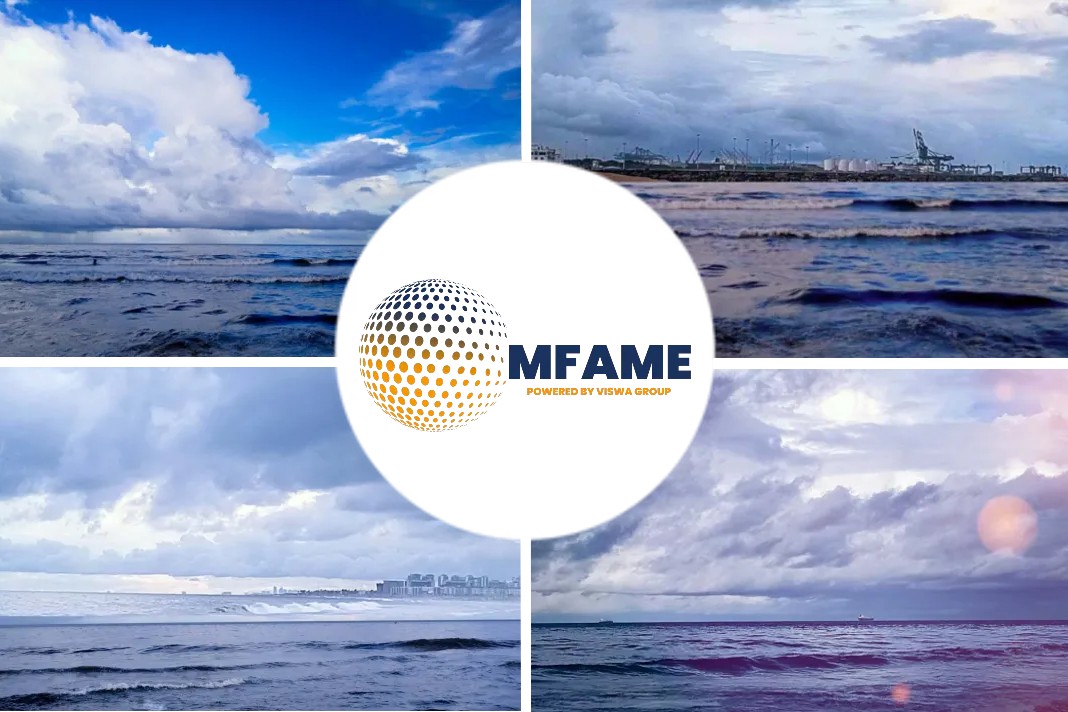
A recent news article published in the Riviera deals with the intense S&P activity hides decline in new tanker orders.
Tsakos Energy Navigation
Only seven newbuilding contracts for large tankers were placed in November and December 2022, and three of these were continuations of a Suezmax shuttle tanker newbuilding series, including a pair for Tsakos Energy Navigation. Four Suezmax tankers were ordered by George Economou’s TMS Tankers from New Time Shipbuilding for delivery in 2024 and 2025 at a reported US$72M en bloc.
In all, 21 newbuilding contracts were placed in the small clean tanker sector. These included four (two firm orders, two options) from Terntank for 15,000 dwt tankers at the China Merchant shipyard in Jinling. This would bring the total number of Terntank tankers built at the shipyard to eight vessels.
Terntank has elected to prepare two 15,000 dwt multipurpose tankers on order at China Merchants Jinling Shipyard for the future installation of wind sails.
In addition, the new tankers will be made ready to accept green methanol fuel and equipped with shore-power connections and hybrid propulsion systems that the company has used on previous versions of its AVIC tanker series.
Methanol and wind assistance-ready vessels
Terntank Rederi AS chairman of the board of and Terntank Ship Management managing director Tryggve Möller said: “With these methanol and wind assistance-ready vessels, we take a big step forward in our journey as the forerunner in environmentally efficient and safe shipping.”
The vessels will be developed using experience gained on the builds of the previous six AVIC series vessels, with the additional improvements expected to further reduce the fleet’s environmental impacts. According to Terntank, in addition to the 40% of CO2 reductions compared to previous vessels, the wind assistance will further reduce vessel emissions by 8%.
Four of the MR tankers ordered in November and December 2022 were placed at K Shipbuilding in South Korea by Al Seer Marine, a company relatively unknown outside the Middle East. Al Seer Marine is a subsidiary of International Holding Company (IHC), a conglomerate holding company, with both companies listed on the Abu Dhabi securities exchange.
The chairman of IHC is H H Sheikh Tahnoon bin Zayed Al Nahyan, who is the son of the founder of the United Arab Emirates, and who also holds the positions of chairman of ADQ (a state holding company), First Abu Dhabi Bank, and Royal Group (another conglomerate).
Announcing the contracts for four MR tankers, Al Seer Marine chief executive Guy Neivens said: “Al Seer Marine is very serious about becoming a global market leader across different marine sectors.”
The four MR tanker newbuildings
The four MR tanker newbuildings are reportedly contracted at US$44M each (en bloc) and are designed to be ready to adapt to new fuels such as ammonia and methanol.
There were several standout sales in the period, including that of the 25-year old, 1998-built Suezmax tanker Naviga, which was sold by Greek interests to unknown Chinese interests for a reported US$18.5M. This vessel had been purchased by the seller’s family interests in April 2012, at then 14-years old, for US$15.25M from Russian interests. After trading the vessel through the shipping cycles, the seller could have realised a significant profit on a Suezmax tanker that is due a fifth Special Survey.
A similar pattern was followed in the Aframax sector. Values for 20-year-old Aframax tankers increased by 27% since the start of Q4 2022 to US$28M, the highest levels since November 2008, according to VesselsValue senior content analyst Rebecca Galanopoulos Jones. This was due to the rapid increase in Aframax freight rates and earnings, due to the latest sanctions on Russian oil imposed in December 2022. “Notable sales this week [week 50] include LR2 Minoansea (108,800 dwt, built-2008) sold to undisclosed buyers for US$39M (VV value US$37.2M). The same vessel was sold in July of this year for US$20.80M,” she wrote in the VesselsValue Market Chat.
A portion of tanker sales that was significant
A driving force behind these higher values was demand from “unknown buyers”, a portion of tanker sales that was significant. Around 37% of the sales reported in November and December 2022 were to unknown buyers. A further 28% of the tankers sold during November and December did not record a clear indication of the name and / or beneficial owner of the vessel. More than 50% of the sales do not have a named buyer, which might be seen as higher than normal although it is not an unusual state of affairs for shipping, but it is making things increasingly difficult for those seeking to impose sanctions. According to Lloyd’s List Intelligence, 34% of large tankers calling at Russian oil export terminals are part of a growing dark fleet of tankers with unknown beneficial owners.
Although not all the unknown / undisclosed buyer tankers will enter the dark fleet, its expansion is a problem for the tanker industry. Windward, the predictive intelligence company applying AI to transform global maritime trade, identified a huge increase in suspicious activities in 2022 compared to 2021, including a 470% increase in the number of dark activities in the South Atlantic and a sharp rise in grain smuggling.
Windward flagged +2,500 new high-risk vessels in 2022 that were linked to 4,099 companies, while clearing +98% of potential deceptive shipping practices. It has also identified a significant change in the activity of the Caspian Pipeline Consortium (CPC), which transports Caspian oil from Tengiz field to the Novorossiysk -2 Marine Terminal on Russia ’s Black Sea coast. The CPC is exempted from the Price Cap that came into effect 5 December 2022.
Did you subscribe to our newsletter?
It’s free! Click here to subscribe!
Source: Riviera





















